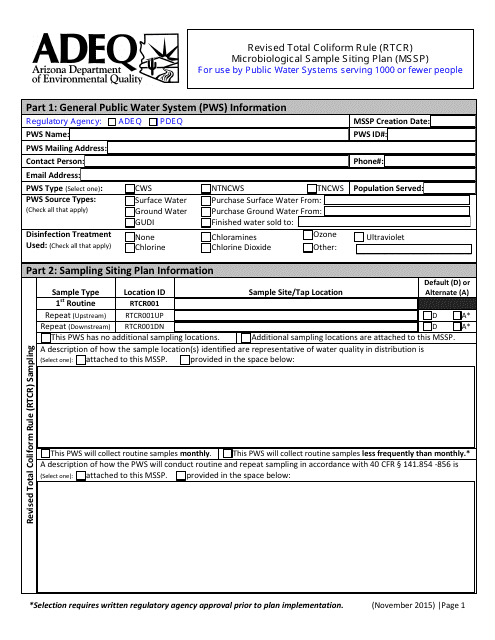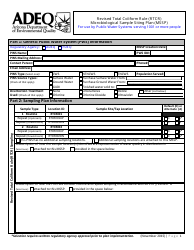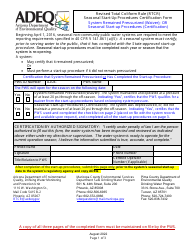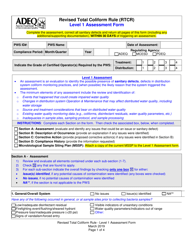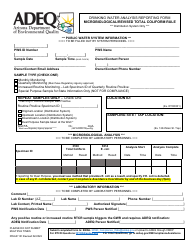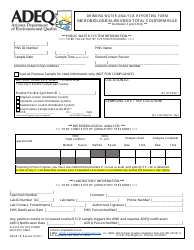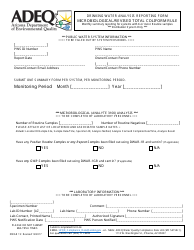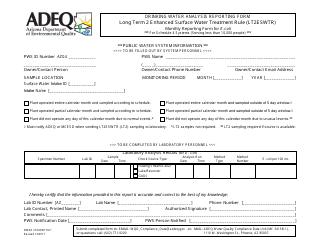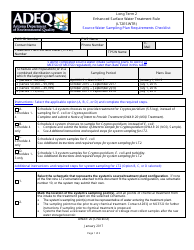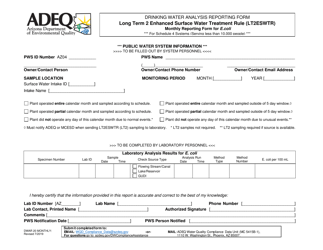Revised Total Coliform Rule (Rtcr) - Microbiological Sample Siting Plan (Mssp) - Public Water Systems Serving 1000 or Fewer People - Arizona
Revised Public Water Systems Serving 1000 or Fewer People is a legal document that was released by the Arizona Department of Environmental Quality - a government authority operating within Arizona.
FAQ
Q: What is the Revised Total Coliform Rule (RTCR)?
A: The Revised Total Coliform Rule (RTCR) is a regulation that governs the testing and treatment of coliform bacteria in public water systems.
Q: What is a Microbiological Sample Siting Plan (MSSP)?
A: A Microbiological Sample Siting Plan (MSSP) is a plan developed by public water systems to determine the locations where water samples will be collected for microbiological testing.
Q: Who does the RTCR and MSSP apply to?
A: The RTCR and MSSP apply to public water systems in Arizona that serve 1000 or fewer people.
Q: What is the purpose of the RTCR and MSSP?
A: The purpose of the RTCR and MSSP is to ensure the safety and quality of drinking water by monitoring and addressing the presence of coliform bacteria.
Q: What are coliform bacteria?
A: Coliform bacteria are a group of bacteria that are used as indicators of the potential presence of other harmful bacteria in water.
Q: What are the requirements for the MSSP?
A: The MSSP must include a sampling plan, sample collection and analysis procedures, and documentation of results and any corrective actions taken.
Q: What happens if coliform bacteria are detected in a water sample?
A: If coliform bacteria are detected, the public water system must investigate the source of contamination and take appropriate corrective actions to ensure the safety of the drinking water.
Q: Who is responsible for implementing the RTCR and MSSP?
A: The public water systems in Arizona that serve 1000 or fewer people are responsible for implementing the RTCR and MSSP.
Q: Are there any exemptions to the RTCR and MSSP for smaller public water systems?
A: No, all public water systems serving 1000 or fewer people in Arizona must comply with the RTCR and MSSP requirements.
Form Details:
- Released on November 1, 2015;
- The latest edition currently provided by the Arizona Department of Environmental Quality;
- Ready to use and print;
- Easy to customize;
- Compatible with most PDF-viewing applications;
- Fill out the form in our online filing application.
Download a fillable version of the form by clicking the link below or browse more documents and templates provided by the Arizona Department of Environmental Quality.
